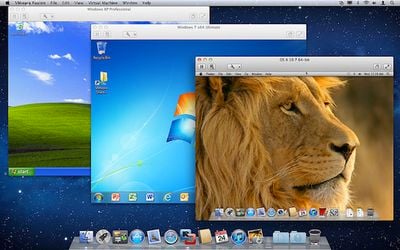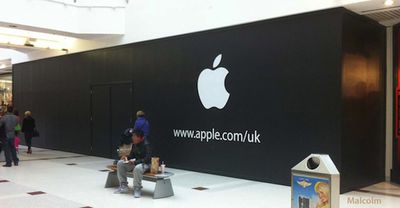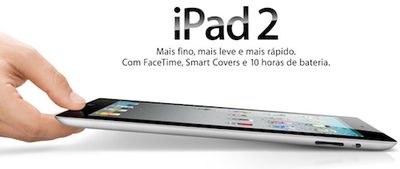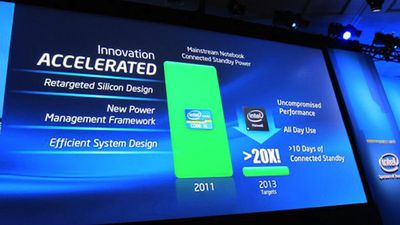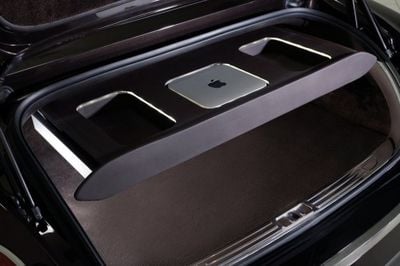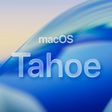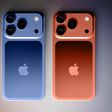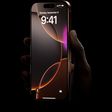 Tonara, introduced this week at the TechCrunch Disrupt conference, is a digital sheet music app and store for the iPad. The app doesn't just display sheet music, but it listens to users as they play, and automatically turns pages as the song advances.
Tonara, introduced this week at the TechCrunch Disrupt conference, is a digital sheet music app and store for the iPad. The app doesn't just display sheet music, but it listens to users as they play, and automatically turns pages as the song advances.
It also records performances so users can review and share their performances. From Tonara's website:
Tonara enables you to download digital sheet music to your iPad, and is the first interactive sheet music app which listens to you playing and follows along by itself, whatever speed you play at. It indicates your current position on the score and turns the pages for you automatically. You can also record your performances and share with your friends. So whether you enjoy playing classical or popular music, the Tonara app will change the way you play music!
Tonara works with any acoustic or electronic instrument, and the Tonara store currently includes pieces for piano, violin, cello and flute. The company says it is talking with a number of music publishers regarding licensing content and hopes to have many more songs for sale soon.
Tonara is free on the App Store and additional songs are available for $0.99 via in-app purchase. [iTunes]





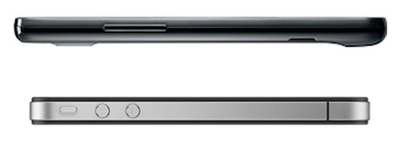

 Research firm IDC today
Research firm IDC today 